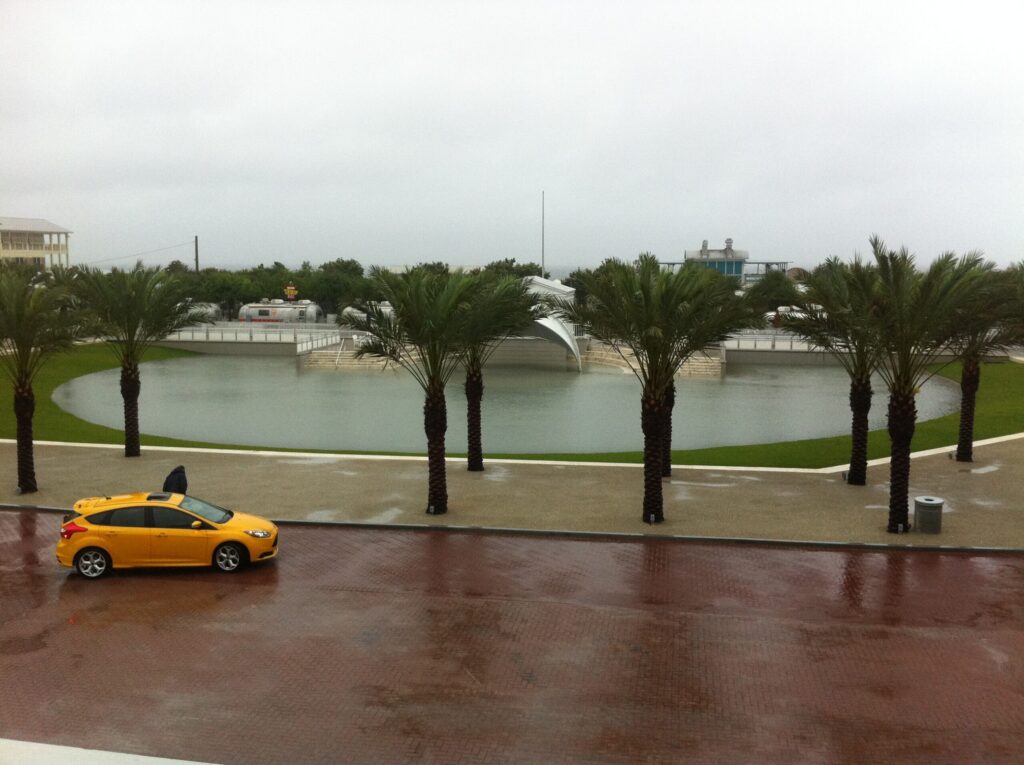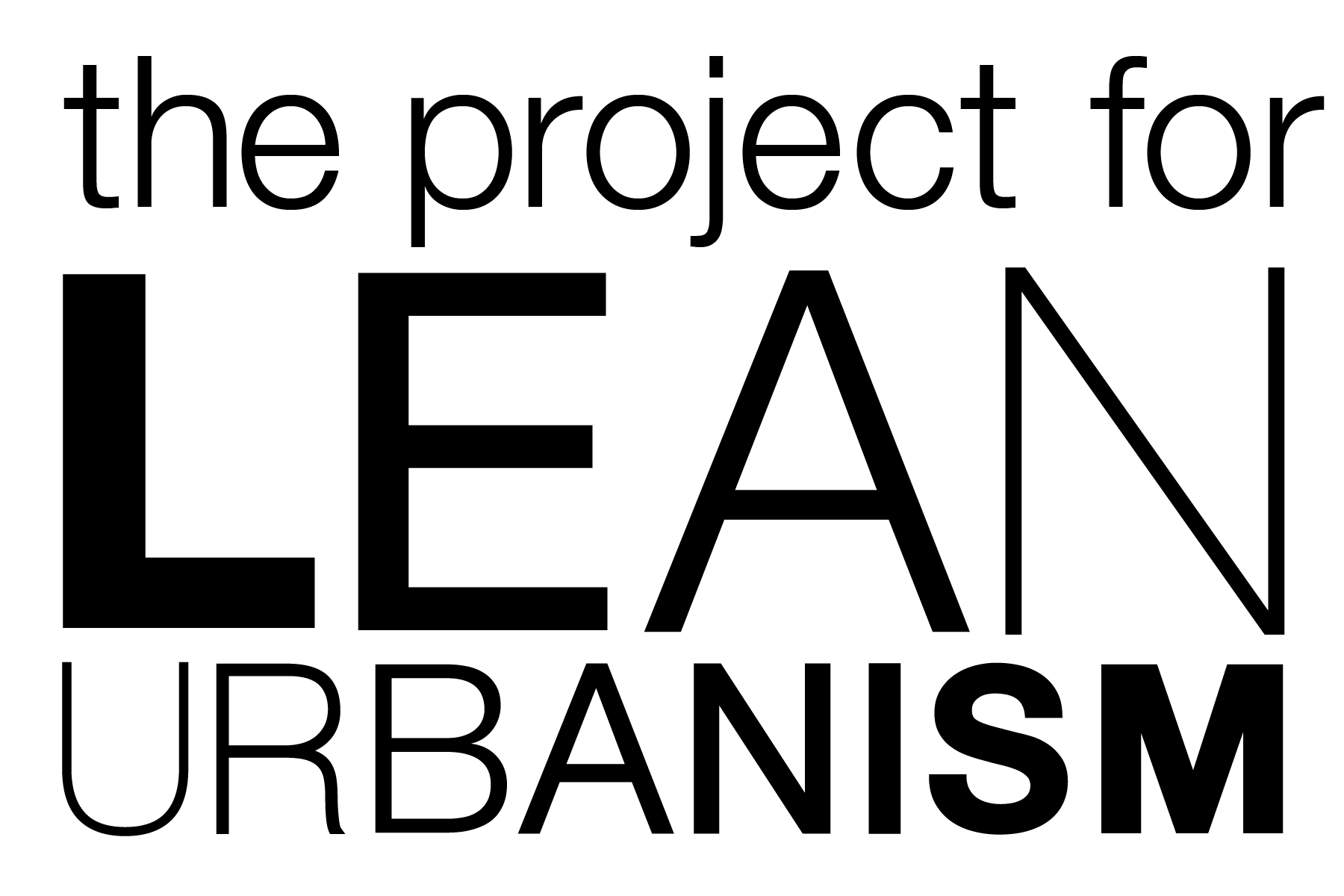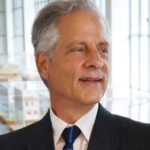Green Design Elements
Of course, the attributes of being compact, walkable, and diverse are fundamental to environmentalism in that they minimize the consumption of land, reduce off-site trips, and encourage walking and bicycling, creating an urban pattern that is inherently sustainable. But in addition to the inherent benefits of the community’s urban design, there are also several explicitly “green” design elements in this now-33- year-old town.
In constructing the town, neither farmland nor pristine wilderness was eliminated. The site itself was ugly and relatively fallow, having been logged a few years prior to development. No large trees existed, and the site vegetation consisted of brush and wild plants. The site plan itself set development back from the Gulf-front cliffs, preserving the site’s natural dunes before legislation made this mandatory. That sort of elementary precaution, which has granted the town natural protection from tropical storms, was usually ignored at that time.
Vernacular Architecture
Florida being hot, the town plan addressed the matter of ventilation at both the community and the building scale. Virtually all the streets run perpendicular to the shoreline, channeling the prevailing breezes deep into the site. The vernacular architecture — particularly of the early buildings — allows windows to remain open even during rainfall by providing overhangs and porches. When possible, the vernacular plans also facilitate the cross-ventilation of rooms, allowing for natural cooling across the houses by the wind. For the wintry days, the earliest houses had Franklin Stoves to provide heating that was picked up and dispersed by the HVAC system. All houses are also raised off the ground, thereby providing the cooling effect of an under-croft.
The galvanized metal roofs — then quite uncommon except on the poorest of rural buildings — pioneered a long-lasting, cost-effective alternative to the less wind-resistant asphalt shingles of the then vernacular. Their very high reflective abilities also assisted in cooling the structures. Beyond that, the rigorous insistence on proper construction and natural materials resulted in a fortified construction well before the newly adopted hurricane codes. This emphasis on quality construction and materials kept Seaside largely unscathed through Hurricane Opal and half a dozen other direct hits that damaged neighboring developments.

Stormwater Management
The town plan also offered innovative stormwater management techniques at both the large and small scales. Most of the community’s storm drainage flows into the central square, which is depressed, thus acting like a retention pond at peak times in the rainy season, and incidentally forming a very popular auditorium. At the building scale, houses are raised on posts to preserve much of the ground plane for percolation, allowing the existing contours of the land to be preserved intact. The already narrow street pavements are also made permeable by brick laid on sand with slight filtration interstices separating each one, with the beveled edge profile of the brick providing some water detention capacity. The on-street parking throughout the community, aside from at the town center, is placed on gravel swales, which extend the permeable land surface.

Landscaping
The town’s landscaping consists entirely of native species, aside from the lawns and squares, which are restricted in order to provide a play surface and seating for outdoor events. The original scrub oaks were retained, and a program of supplementary landscaping is confined by code to native plants. This practice both preserves the landscape and minimizes maintenance, as the native plants require no irrigation and little maintenance for months on end. The code also threatens fines to those disturbing the landscape six feet beyond the building footprint. For this reason, builders dug the pier footings of the houses by hand, as larger equipment would have eliminated the contours of the existing ground.

Credit: Duany Plater- Zyberk & Co.
Frugal Environmentalism
Although LEED standards certainly did not exist at the time of Seaside’s founding, the economic rationale, derived from vernacular practice, intrinsically endowed the town with strategies that address today’s most pressing environmental concerns. After all, our ancestors had neither energy nor money to waste. They had to do things right. There is still much to be learned from their low-tech approach to building community, even as high-tech environmental gadgets and building materials become more available and are commonly used by builders and developers.
Andrés Duany, architect, urban designer, planner and author, has dedicated more than three decades to pioneering a vision for sustainable urban development and its implementation. His leadership can be credited with the plan and code for Seaside, the first new traditional community; the Traditional Neighborhood Development (TND) zoning ordinance; the development of the SmartCode, a form-based zoning code, adopted by numerous municipalities seeking to encourage compact, mixed-use, walkable communities; the definition of the Rural-to-Urban Transect, and Agrarian Urbanism; as well as inventive affordable housing designs, including Carpet Cottages and Cabanons.

